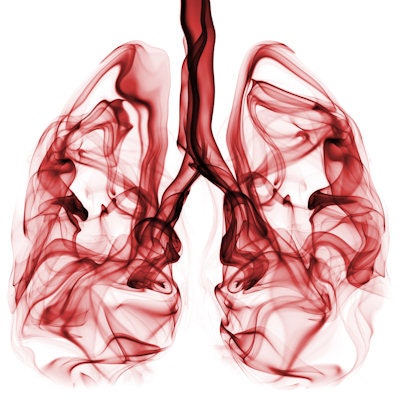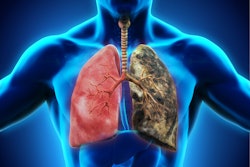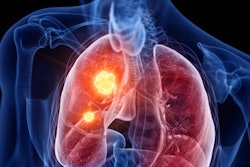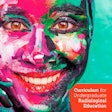
The European Society of Radiology (ESR) and the European Respiratory Society (ERS) released an 18-page joint statement on 12 February that spells out a concerted plan of action to promote CT lung cancer screening across the continent.
 Radiologists must ensure that low-dose CT is optimized, says Prof. Hans-Ulrich Kauczor and colleagues.
Radiologists must ensure that low-dose CT is optimized, says Prof. Hans-Ulrich Kauczor and colleagues."Now is the time to set up and conduct demonstration programs focusing, among other points, on methodology, standardization, tobacco cessation, education on healthy lifestyle, cost-effectiveness and a central registry," noted the authors, led by Prof. Hans-Ulrich Kauczor, a professor of radiology at Heidelberg University Hospital, Germany, and the German Centre for Lung Research.
This requires a multidisciplinary team approach by specialists from pulmonology and radiology as well as thoracic oncologists, thoracic surgeons, pathologists, family doctors, patient representatives, and others, they emphasized.
Pulmonologists and radiologists both have key roles in setting up task forces with experts from many other fields to promote CT lung cancer screening (LCS), ensure quality, and provide continuing medical education, as well as optimal communication, with the participants, continued the statement, which has been published online by European Radiology.
"Pulmonologists have a crucial role in identifying people eligible for LCS, reaching out to family doctors, sharing the decision-making process and promoting tobacco cessation," the authors wrote. "They need to ensure that the eligible risk population understands the importance of LCS and is informed of its potential benefits, risks and harms."
Radiology's role
Radiologists have to ensure that low-dose CT is optimized in terms of high image quality, minimum dose, and the most appropriate management of screen-detected "positive" nodules and incidental findings. Strict algorithms defining workflow and procedures triggered by positive screening results and incidental findings have to be implemented, which involves thoracic oncologists, thoracic surgeons, pathologists, and others, they explained.
"For screening to be (cost-)effective, it has to target a high-risk population that is not solely based on age and sex," wrote the authors, who evaluated evidence from trials and studied current practice since the publication of the 2015 ESR-ERS white paper on lung cancer screening. "Risk prediction models should serve to identify participants for screening, in addition to determining the intensity and duration of lung cancer screening."
The two societies agree that Europe's health systems need to adapt to allow citizens to benefit from organized pathways, rather than unsupervised initiatives, to allow early diagnosis of lung cancer and reduce the mortality rate. They believe it is essential to convince policymakers across the European Union that this is an urgent societal and political need, although they also expressed concern that inequalities in lung cancer diagnosis and care could become greater if screening is recommended but introduced unequally across Europe.
Advocacy should be both top-down and bottom-up because the patient voice and involvement are crucial in raising awareness of the need to introduce screening at a national level and effectively progress its implementation, according to the authors. This process can be achieved by conducting carefully designed and well-targeted initiatives in several countries, focusing mainly on methodology, standardization, tobacco cessation, education on healthy lifestyle, psychosocial effects, cost-effectiveness, and the balance of benefits and harms, they noted.
At a local level, the ESR-ERS statement advocates establishing a core expert group for planning, implementation, and performance review of low-dose CT lung cancer screening. It recommends defining and setting up local infrastructure, pathways, and outcomes/quality assurance, including naming all involved, and also supports planning and, if feasible, setting up a local registry/analysis unit for quality assurance and further research, preferably linked to a national registry or unit.
The members of the ESR-ERS working group have been collaborating on the statement since early 2018. The group consists of 22 representatives from the ESR and ERS. Members of the Patient Advisory Committee of the European Lung Foundation also provided the patient perspective.



















